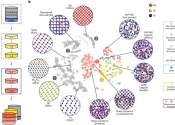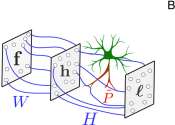Researchers develop model for cost-effective and environmentally friendly pulp and paper industry
Aerobic treatment of industrial wastewater from the pulp and paper industry is the most expensive treatment step in the purification process. New research published in Environmental Technology & Innovation shows how the purification ...
Mar 5, 2024
0
2









